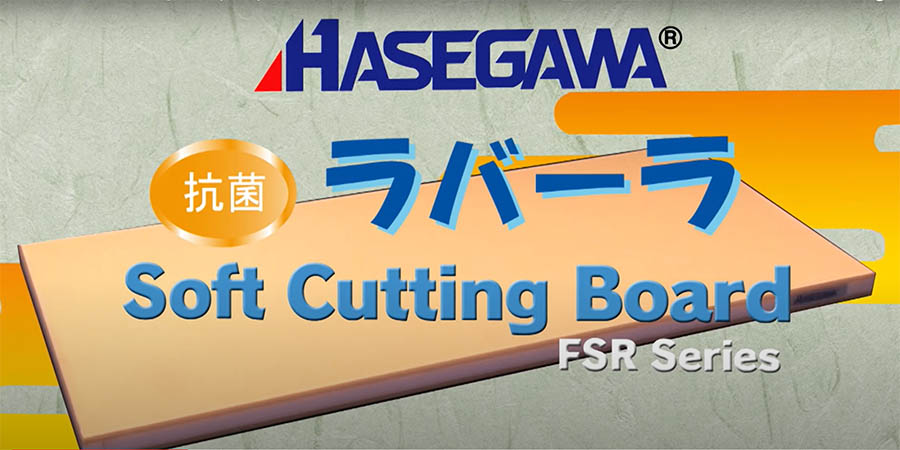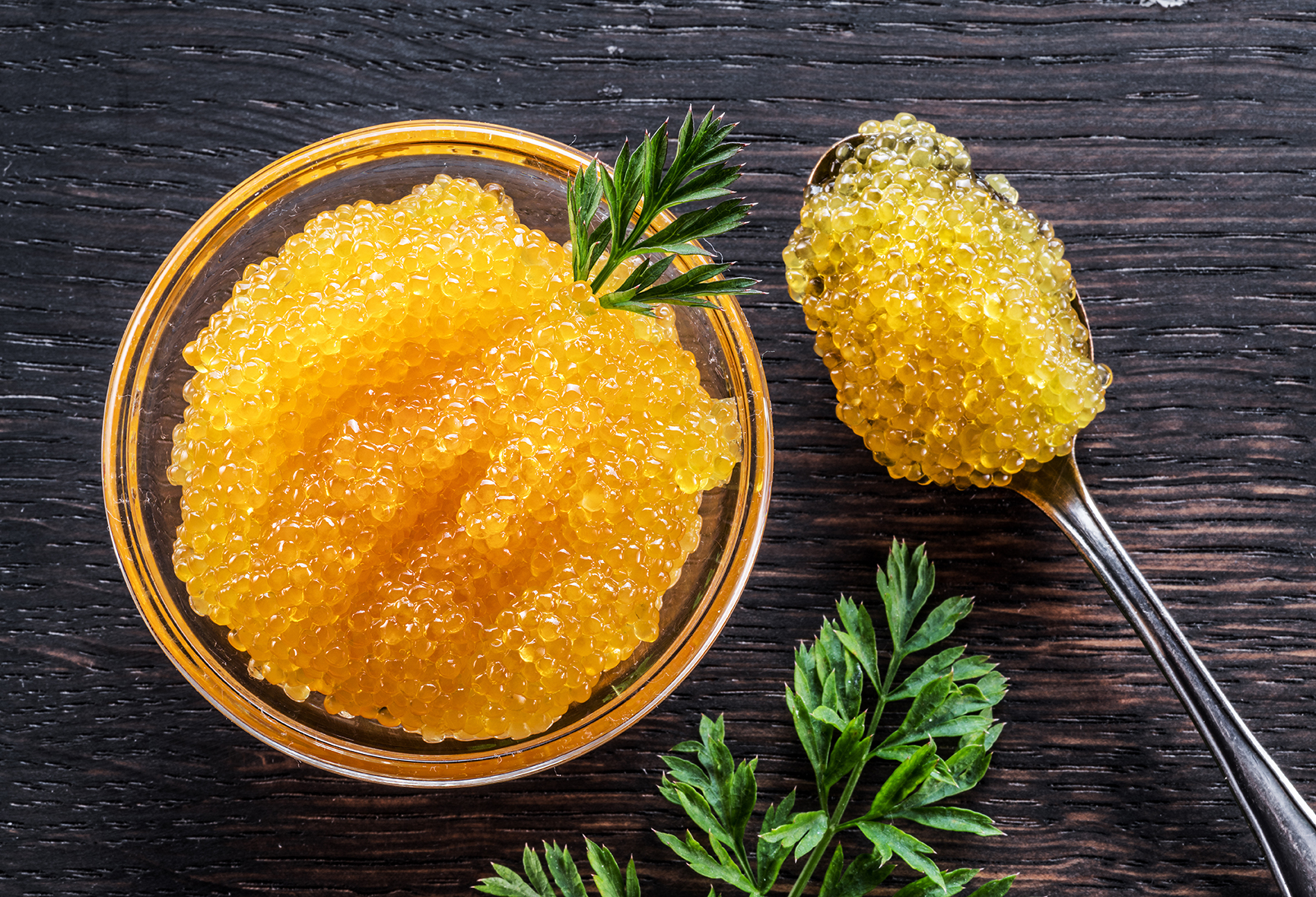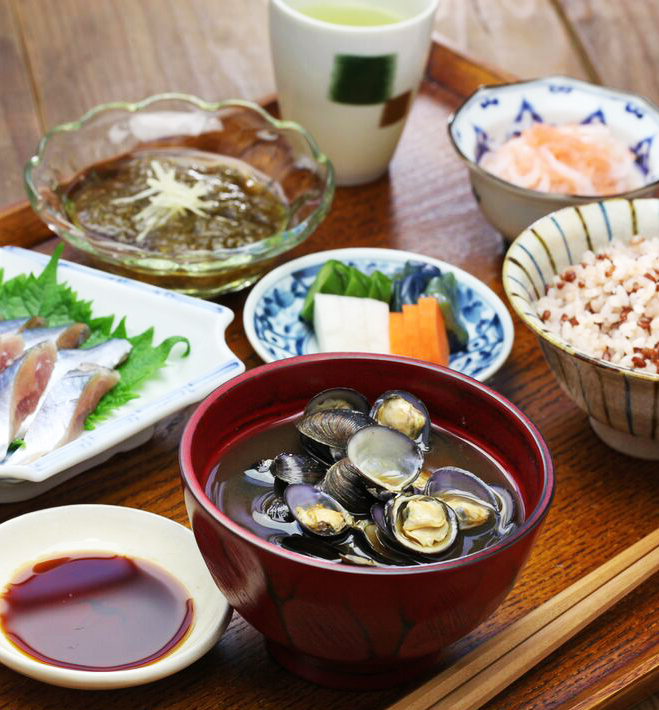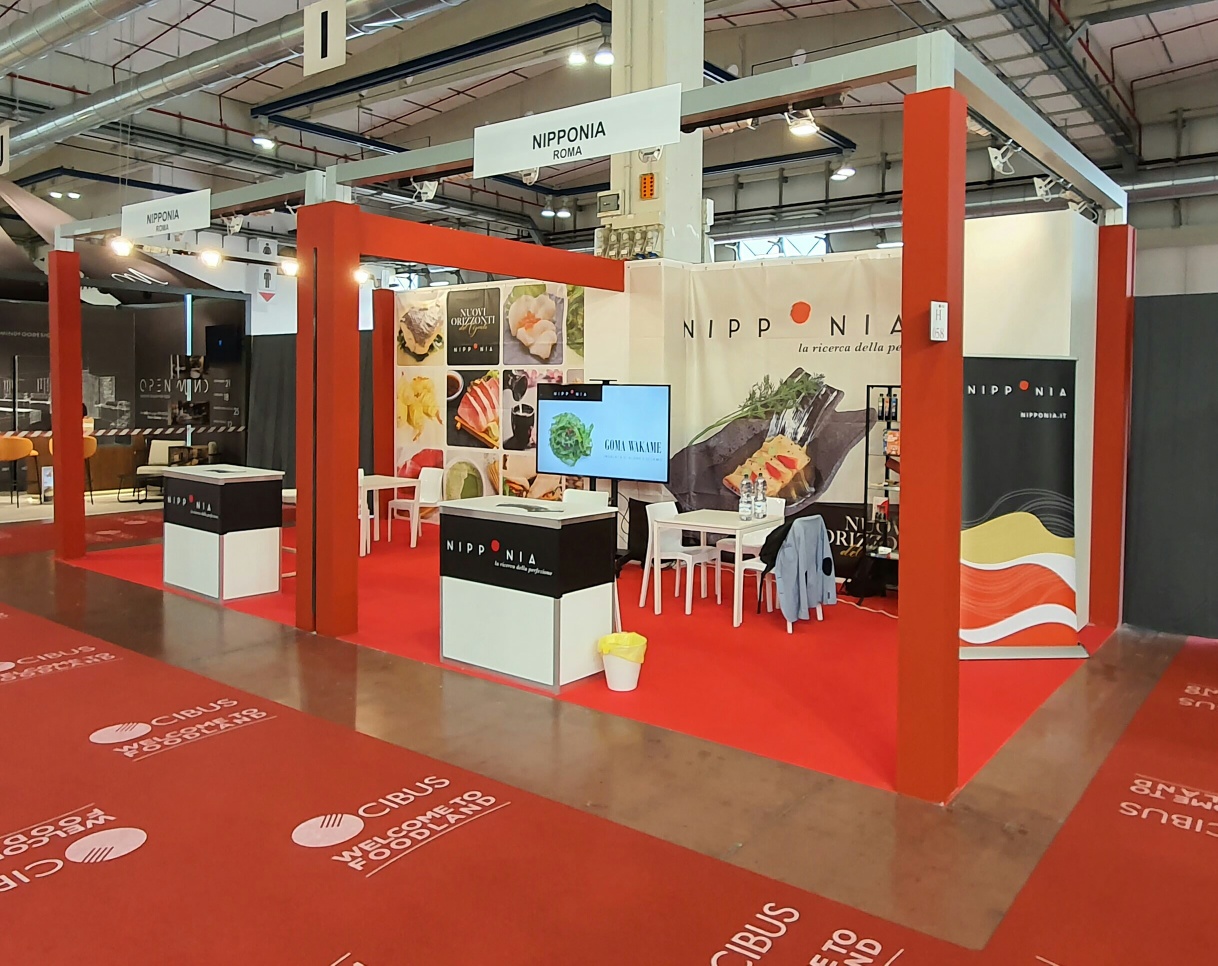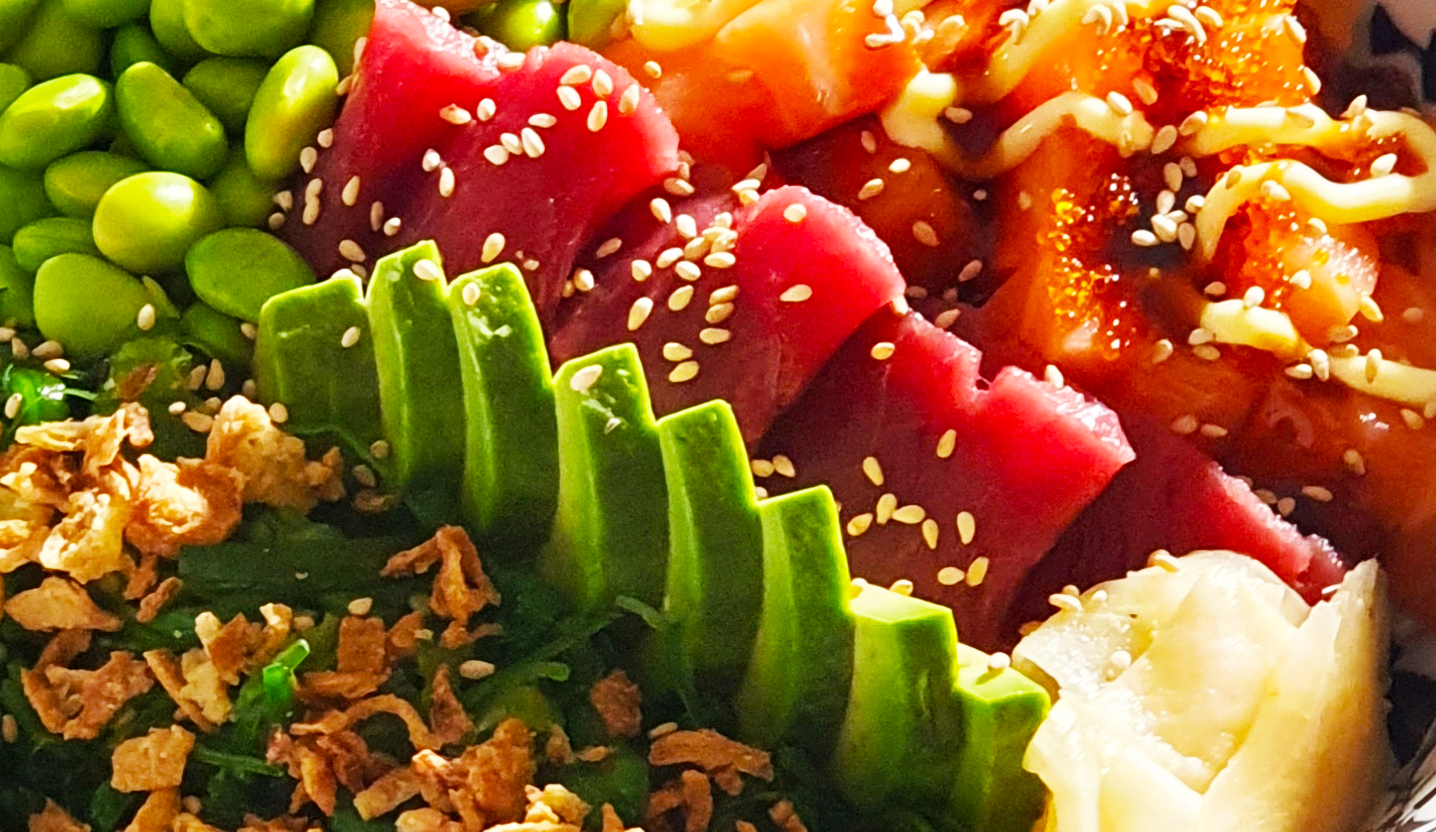Japanese professional cutting boards
Hasegawa professional cutting boards are designed to improve the ergonomics of the kitchen workstation. A cutting board with a rigid structure that can be raised to the right height to maintain proper posture and reduce fatigue during working hours means improved performance and safety in the work environment.
A high cutting board allows for simplified food collection steps. Lift the cutting board off the work surface so that the bottom surface is always clean and usable when needed (just rotate it).
Five different heights are available to meet ergonomic comforts. All
pedestals
are equipped with non-slip feet.
The materials are easily sanitized and allow various combinations to avoid cross-contamination.
Watch the video
HERE
What is the purpose of the wooden core structure?
The wood core structure, reduces the weight by 30-50% and makes the cutting board rigid.
-
It is sturdy: the wooden core prevents warping and bending under prolonged use and following high-temperature washing. It is always stable, dishwasher safe, and exhibits sufficient rigidity to sollv it with the
appropriate pedestals
. - It is lightweight: the wooden core reduces weight by 30% compared to other rigid plastic cutting boards. This makes handling so easy that it makes washing the cutting board less strenuous. It can also prevent injury due to unexpected falls.
Isn’t the wooden structure unhygienic?
The wooden core of HASEGAWA’s cutting board is sterilized and completely covered with layers of thick plastic. Therefore, the wood will not be exposed unless seriously damaged.
Hasegawa has provided different surfaces depending on the use:
Hasegawa professional soft-surface cutting boards are made with a special compound that makes the soft surface suitable for safeguarding the blade edge of Japanese knives longer.
They are designed to cut raw fish. The soft materials used for both surfaces make the cutting board so suitable for the blade that its sharpness is prolonged.
Non-slip surfaces also prevent ingredients from moving during cutting and allow for more precise cuts!
Professional Hasegawa Cutting Boards with wooden core and slightly harder surfaces. PE (polyethylene) cutting board-Brown, has a harder surface, suitable for general use, such as cutting vegetables, meat and fish, cooked and fried foods. They absorb less dirt.
In case you also need a soft surface for cutting fish with Japanese knives, you can stack a soft light cutting board on top of these cutting boards
SOFT MAT
Hasegawa
How to use
With use, germs from raw foods accumulate on the cutting board, which, with the high temperature in the kitchen, are likely to multiply rapidly. They should be washed with detergent at most every two hours.
The point is that Hasegawa cutting boards also need regular care and sanitization, just like any other cutting board.
Do not cut hot or oily foods on the soft surface. Less than the others, but even the cutting boards
Hasegawa
SOFT absorb oil after prolonged contact, and this happens faster the higher its temperature.
Cutting board hygiene is a crucial point of sanitation in a restaurant.
Kuraflex Kuraray
moistened to clean them during use itself.
